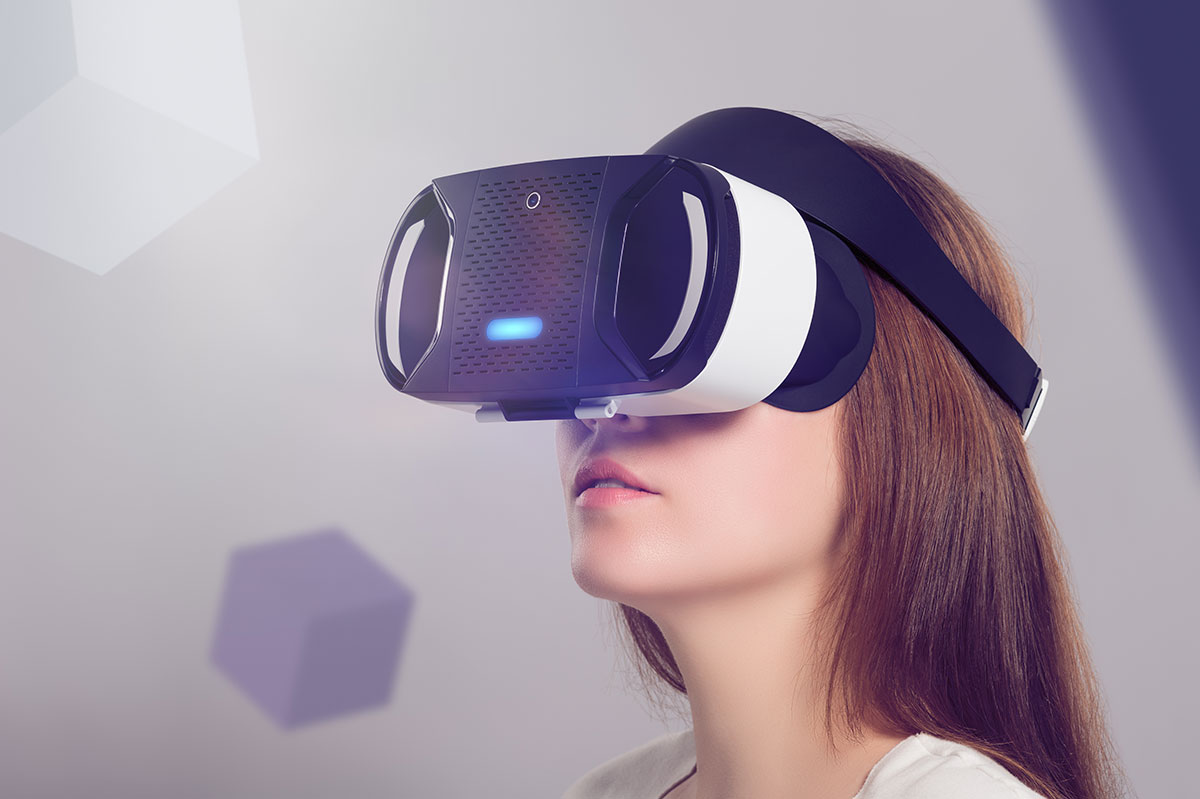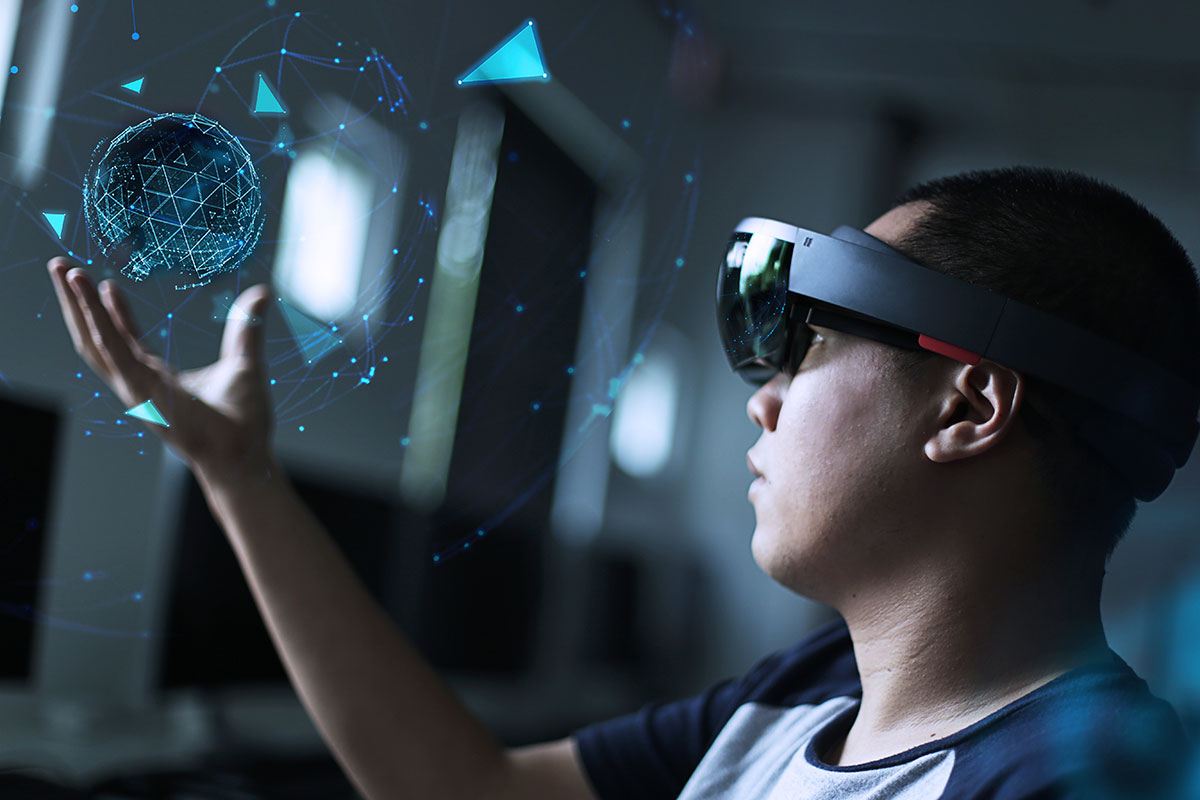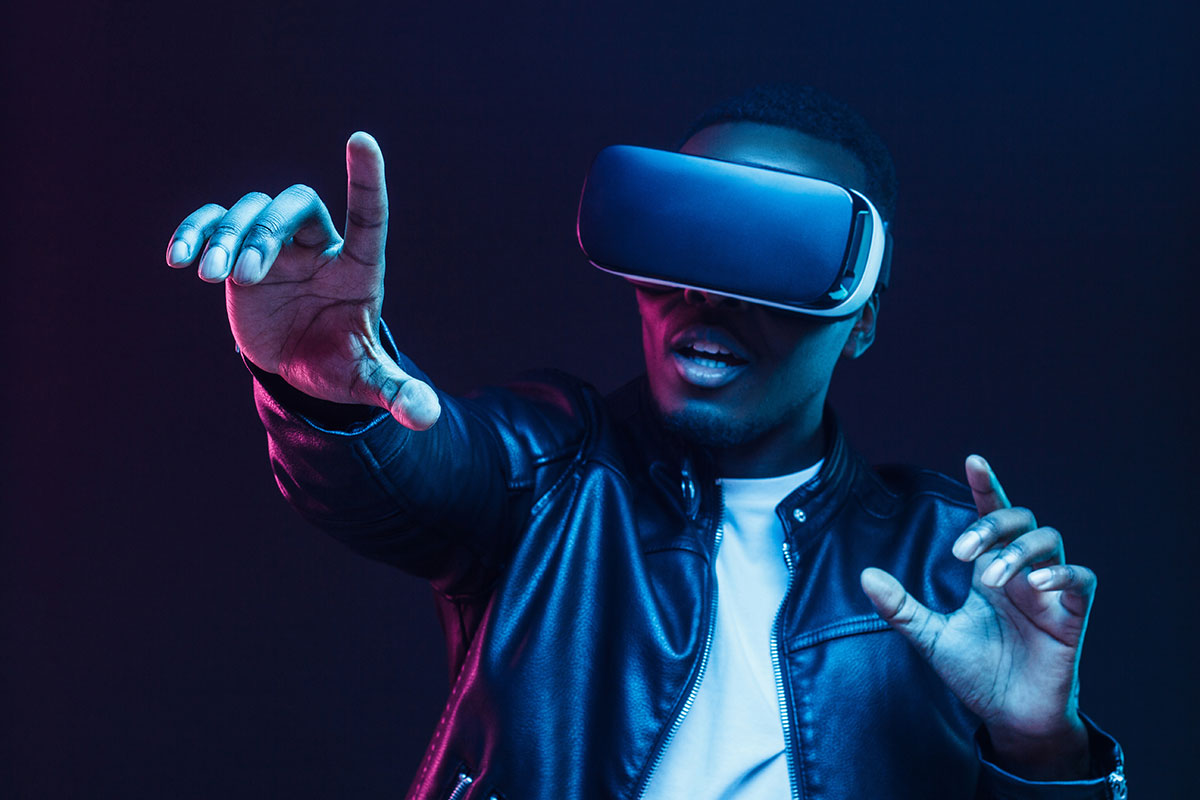

The major technologies that are used to create immersive experiences include the following:

Augmented reality (AR) refers to an enhanced version of the real physical world. This is achieved through the use of digital visual elements, sound, or other sensory stimuli delivered via technology. AR uses technology (like a camera and screen on a smartphone) to add a computer-simulated layer of information on top of the real world.
Virtual reality (VR) is a simulated experience that can be similar to or completely different from the real world. Applications of virtual reality include entertainment (e.g. video games), education (e.g. medical or military training) and business (e.g. virtual meetings).Google’s Expeditions is a great example of mobile VR in action.

Mixed reality is the merging of real and virtual worlds to produce new environments and visualizations, where physical and digital objects co-exist and interact in real time. Mixed reality does not exclusively take place in either the physical world or virtual world, but is a hybrid of reality and virtual reality.
A Digital twin is simply a virtual replica of an existing asset, which converges real-world data with the virtual world to provide output in 3D form. They are produced by specialized digital twin companies that use digital twin software to realize such complex models. Today, digital twins are primarily used for evaluating the asset and documentation purposes. But this is only the beginning: digital twins will be enablers for many new applications and technologies, enabling new experiences, products and services. One example of the potential of digital twin technology is their connection to the physical space through the use of sensors, which will generate real-time data for measuring the lifecycle of an IoT device. A digital twin enables creating and monitoring of large IoT networks that are directly connected to physical space – realizing a true smart city that monitors and corrects itself using Artificial Intelligence.

All these technologies need 3D data to actually provide the experience they promise. However, a lot of the VR and AR you see today is actually using 2D or 3 degrees of freedom (3DOF) data.
High fidelity 3D data is difficult to produce and this makes brands to go for sub-standard 360◦ or 2D content. 2D content is sometimes just layered over a 3D scene. What’s more? Many headsets, typically in case of mobile-powered VR are actually unable to support anything more than 360◦ content. Only 3 degrees of freedom (3DOF) are supported by them. Needless to say, the experiences so created are far from matching reality. VR is a great innovation, but in the absence of good quality 3D data, implementations are made using mediocre 2D data. The outcomes are often disappointing for end users.
This brings us to the inevitable: To properly implement VR or AR, you need high quality 3D data.
This is simply because we live in a 3D world, and reality is 3D. When we say 3D here, we mean objects that look and feel real because they have volume (volumetric 3D); they can be seen from any angle, and we can even pick them, thereby getting a sense of their weight. This helps in creating a more immersive experience.
Immersive experiences simulate physical environments. The goal is to create something even better than the in-person experience. Brands are using immersive technologies to create experiences that can make every phase of the purchase journey of the buyer more captivating and insightful. The user must feel connected. For instance, on its website, Emirates uses VR technology to offer 3D models of the cabins. Such models help the travelers to make informed choices while selecting their seats and preview the environment, thereby enabling them to make the most of their on board experience later.
3D on the web provides much more immersive experiences than images or videos. It is the WebXR technology that has made the arrival of immersive social media possible. The ‘XR’ stands for Extended Reality, which describes the family of immersive technologies including Virtual, Augmented and Mixed reality. You don’t need a VR headset to experience the Immersive Web. You only need an updated browser! Today, many of the leading browsers, such as Chrome, Firefox, Microsoft IE and IoS Safari support WebXR. By using 3D on the web, brands can reach a much larger audience, almost 100 times more.
3D consumed on a 2D screen is surely not as immersive or as captivating as true VR/AR. Only high quality 3D data can provide your users the experience they are expecting from VR/AR. So, don’t comprise on your data for immersive technologies. Choose the right partner today to effectively meet your 3D data goals…